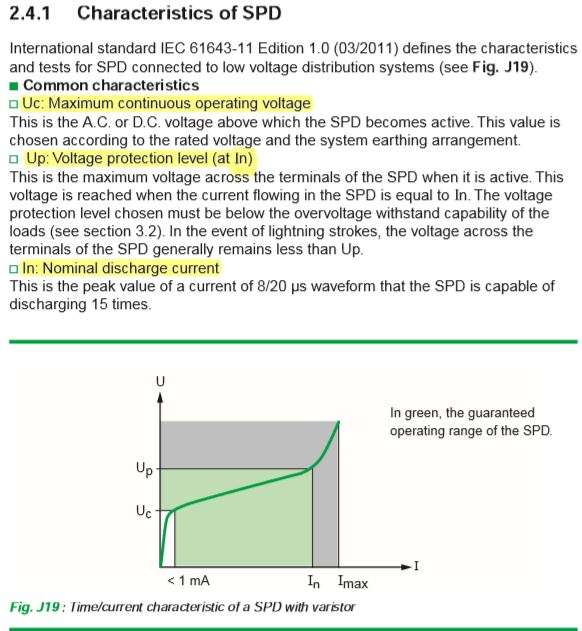Here is a challenging problem whose solution can't be found in any simple or moderate (or even advanced) google search.
My ac power uses half phase, we don't have any neutral. So I wonder if my existing prosurge parallel shunt mode protection is useless and the supplier just want to grab my money. I read in the following that parallel SPD may really be useless (I don't know how to apply it in my case)
https://zerosurge.com/normal-mode-v-common-mode/
"When researching methods of surge protection, one concept that you may find is the idea of surges or noise that can follow one of two paths:
View attachment 231318The normal path (i.e. Normal or Differential Mode) along the Line (Hot) to Neutral circuit
View attachment 231319The common path (i.e. Common Mode) which is a path connecting the Line to Ground or the Neutral to Ground.
The US Government1 defines the operation of surge suppressors in one of two modes:
View attachment 231320Mode 1: Normal Mode only (Line to Neutral suppression)
View attachment 231321Mode 2: All Modes (Both Common and Normal Modes)
Zero Surge Series Mode Filter Technology operates on Normal Mode surges only. Common Mode protection is not required to protect equipment from surge damage. Therefore, looking for a product that claims “All Modes Protection” or “Mode 2 Protection” is not required and actually can cause more harm than good.
Mode 2 products (all modes) have several side effects which can degrade and endanger your system. Two of these modes (L-G and N-G) divert surges to the ground wire, supposedly protecting from “Common Mode” surges. But these “Common Mode” surges diverted to the ground wire can have disastrous results.
The Neutral line and Ground line are bonded at the service entrance which prevents external Common Mode surges.
>Common Mode surges exist only at extremely low energy levels well within a building (0.17 Joule for worst case surges according to American National Standard ANSI C62.41 — formerly IEEE 587, page 47)2,3.
View attachment 231322Modern equipment is inherently immune to Common Mode surges.
View attachment 231323By sending surges to the ground line, the voltage rise on the ground can disrupt audio, video, data and communications signals and also damage interconnected equipment.4"
What do you make of it Tom G? or other familiar with this? If this is too difficult question, please refer me to electrical engineering forum so I can discuss with them because I can't find the answer in google search.. Thanks.






 )
)








